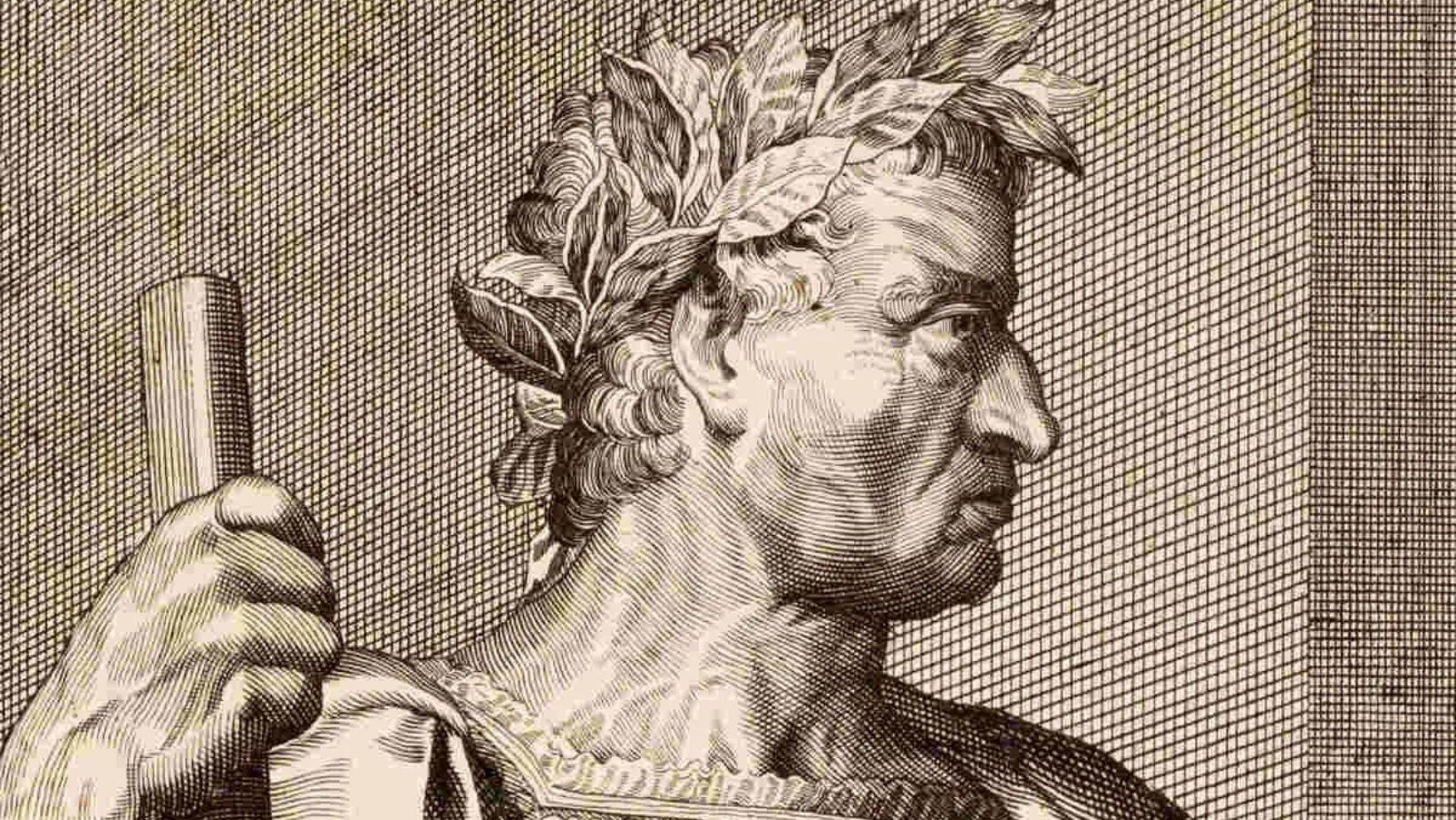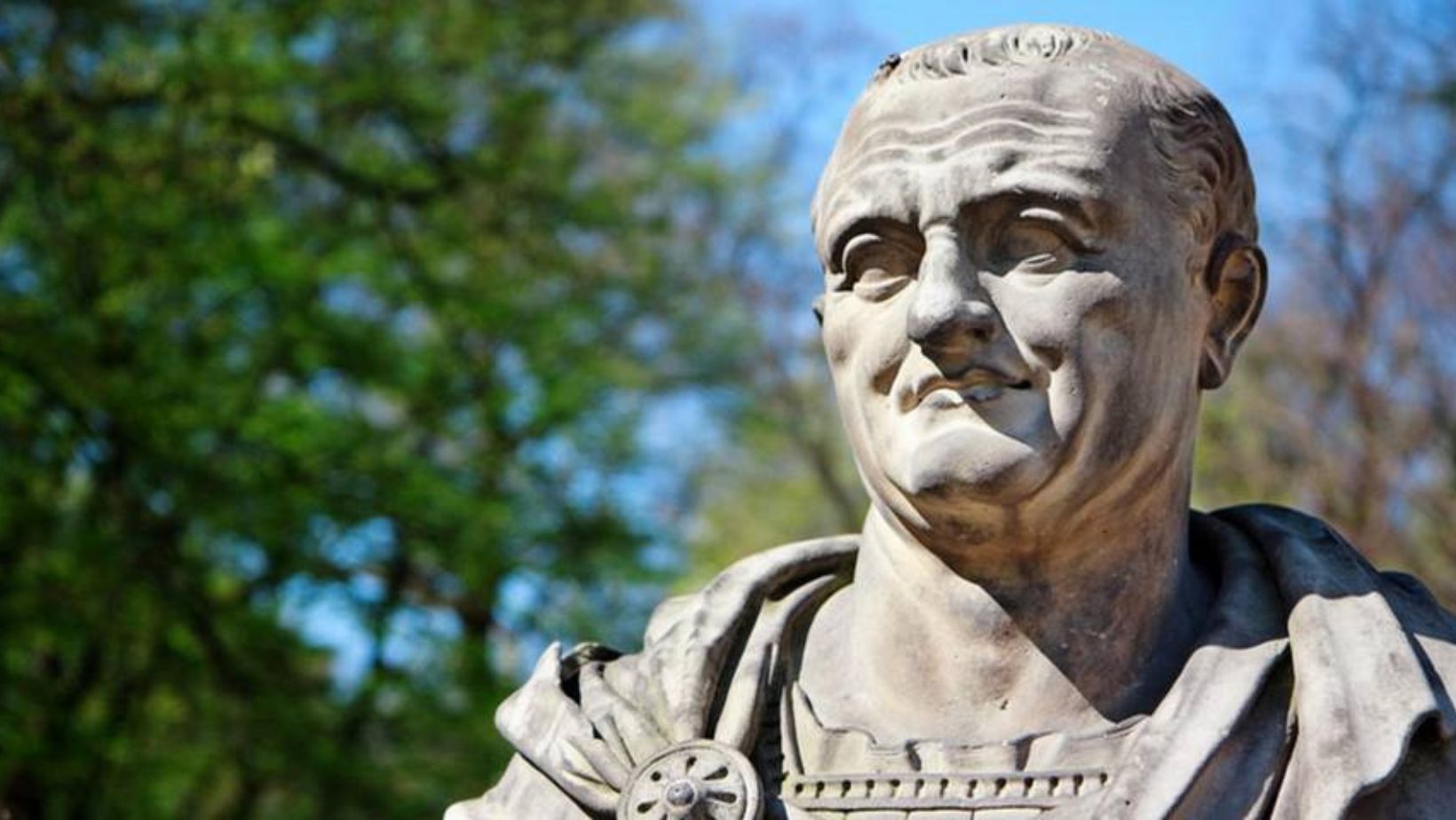Ever been curious about one of the messiest chapters in Rome’s history? Nero’s final act set the stage for a wild ride known as ‘The Year of the Four Emperors.’ In this mix was Galba’s Reign in the Year of the Four Emperors, who grabbed power with both hands, riding on waves of hope and chaos. His ascent marked a critical juncture in Roman history but also set off a chain reaction leading to civil unrest. This period highlighted not just political intrigue but how leadership could pivot on public favor or its absence.
Table of Contents:
- The Year of the Four Emperors: Galba’s Rise and Fall
- Vitellius: The Emperor Hated by Rome
- The End of the Year of the Four Emperors and the Rise of the Flavian Dynasty
- Conclusion
The Year of the Four Emperors: Galba’s Rise and Fall

To say that AD 68/69 was an eventful one would be an understatement. The year now known as the ‘Year of the Four Emperors’ kicked off in AD 68 when the reign of the much-maligned Emperor Nero ended in his suicide—apparently lamenting ‘what an artist dies in me’.
In March of that year, Gaius Julius Vindex, governor of Gallia Lugunensis, organized a rebellion. He was joined by Servius Sulpicius Galba, whom Vindex convinced to declare himself emperor.
Vindex’s forces eventually fell in the Battle of Vesontio in May, and Vindex himself committed suicide. However, support for Galba in the Spanish provinces continued to grow.
Nero’s Demise and the Start of the Year of the Four Emperors
During this time, Nero seemed to oscillate between an oblivious, careless optimism and manic despair as increasingly high-ranking politicians declared themselves for Galba. Eventually, Nero’s own prefect of the Praetorian Guard joined the rebellion, and Nero fled Rome in terror.
While the emperor cowered in a villa outside the city, the Senate voted him an enemy of Rome. Intent on avoiding the humiliation of capture and execution before the throngs of Rome, he planned his suicide.
Nero oversaw the preparation of water and wood and even the digging of a hole appropriate for his body size, all the while lamenting, “What an artist dies in me.” Finally, when he heard the clatter of approaching horses, his secretary helped him drive a knife into his own throat. Nero had no defined heir – the empire was without an emperor. This set an immense power grab into motion, leading to the Year of the Four Emperors in 69 A.D.
Galba’s Ascension to Power: Galba’s Reign in the Year of the Four Emperors
High-ranking men scrambled to fill the vacuum, eventually electing their first emperor of the Year of the Four Emperors. Already established as the leader of a rebellion and a strong threat, Galba quickly received the endorsement of the Senate.
Galba began his march to Rome, with his reputation preceding him – one of greed and cruelty. Suetonius asserted that his “reputation was confirmed and even augmented immediately on his arrival in the city. Accordingly, his coming was not so welcome as it might have been.”
Over the course of his seven months in office, he regularly executed distinguished men without trial on petty suspicions. He also seized the property of Roman citizens and allowed his followers to wield taxation and condemnation as political favors.
When the people called for the punishment of his two most corrupt lieutenants, he honored them with promotions. Most dangerously of all, he angered the legions by refusing to honor their pay.
The Tragedy of Emperor Otho
The legions of Lower Germany soon declared their general, Aulus Vitellius, emperor.
On the 15th of January, 69 A.D., the Praetorian Guard murdered Galba in the Roman Forum. His body lay in the street until a common soldier saw it, removed the head, and delivered it to Marcus Salvius Otho, the second emperor of the Year of the Four Emperors.
Vitellius: The Emperor Hated by Rome
Next up was Otho, who was declared Emperor in Rome, while in Germany, another chap, Vitellius, was being declared Emperor by his legions. Vitellius marched on Rome and defeated Otho in a battle – after which Otho, who wished to end the civil war, committed suicide.
That year’s second Emperor lasted just 3 months.
Vitellius’ Rise to Power: Galba’s Reign in the Year of the Four Emperors
Vitellius was the son of Lucius Vitellius, who had been consul and governor of Syria under Tiberius. Despite his father’s success, Vitellius squandered much of his youth among the catamites of Tiberius at Capri.
He continued his dissolute ways well into adulthood, but that didn’t stop him from rising in the ranks. He was appointed governor of Africa in 60 or 61 and was consul in the first half of 69.
After the death of Galba, Vitellius was proclaimed emperor by the armies of Germania Inferior and Germania Superior, who were bribed by Vitellius’s agents.
Vitellius’ Unpopular Reign
Enjoying his position as the third Emperor of AD 69, Vitellius attempted to bankrupt the empire by holding elaborate banquets and triumphal celebrations. Like Galba before him, he also set about assassinating his political rivals.
Vitellius quickly made himself unpopular in Rome for his cruelty and gluttony.
The public quickly turned against him.
Vespasian Challenges Vitellius for the Purple: Galba’s Reign in the Year of the Four Emperors
The legions of Lower Germany soon declared their general, Vespasian, emperor.
Vespasian had support from the armies in Egypt, Judaea, Syria, Moesia, Pannonia and Illyricum. He sent his forces to Italy under the command of Marcus Antonius Primus.
Primus met Vitellius’ forces near Bedriacum in October 69 and decisively defeated them. This effectively ended Vitellius’ claim to the throne.
The End of the Year of the Four Emperors and the Rise of the Flavian Dynasty: Galba’s Reign in the Year of the Four Emperors
Vitellius was succeeded by Vespasian, though the civil war dragged on until the year 70 because not everybody accepted his authority.
The Final Battle for Rome
Vitellius’s supporters organized a desperate resistance, hurling tiles from the roofs and trapping the invaders in winding streets. Primus’s men responded with equal ferocity and Cassius Dio claims more than 50,000 died in the streets of Rome.
Completely panicked, Vitellius disguised himself with rags and tried to escape the city, but the attackers spotted and recognized him.
The Senate immediately passed a decree proclaiming Vespasian emperor.
Vespasian’s Triumph and the Establishment of the Flavian Dynasty

He was the fourth and final emperor of 69 AD.
Vespasian went on to found the Flavian dynasty, which ruled the Roman Empire from 69 to 96 AD. He brought stability back to an empire that had been rocked by civil war and political turmoil.
Under Vespasian, the empire flourished. He initiated vast building projects, reformed the financial system, and expanded the empire’s borders. His reign began a period of peace and prosperity that would last for nearly a century. Galba’s Reign in the Year of the Four Emperors.
The Legacy of the Year of the Four Emperors
The Year of the Four Emperors was a pivotal moment in Roman history. It marked the end of the Julio-Claudian dynasty and the beginning of the Flavian dynasty.
It was a year of chaos and civil war, but it also demonstrated the resilience of the Roman system. Despite the turmoil, the empire survived and even thrived under new leadership.
The events of 69 AD also had a profound impact on the way future emperors would rule. Vespasian and his successors recognized the importance of maintaining the support of the military and the people. They worked to improve the lives of ordinary Romans and to strengthen the empire’s institutions.
In many ways, the Year of the Four Emperors set the stage for the next century of Roman history. It was a time of crisis but also a time of opportunity. In the end, the Flavian dynasty emerged victorious, ushering in a new era of stability and prosperity for the Roman Empire.
Key Takeaway: Galba’s Reign in the Year of the Four Emperors
Galba’s Reign in the Year of the Four Emperors. AD 68/69, known as the Year of the Four Emperors, was a rollercoaster for Rome. It started with Nero’s dramatic exit and spiraled into chaos before Vespasian restored order and founded the Flavian dynasty. This year reshaped Roman leadership and set a new course for its future.
Conclusion: Galba’s Reign in the Year of the Four Emperors
The story of Galba and his brief tenure during ‘The Year of the Four Emperors’ is more than ancient history—it’s a lesson on power dynamics and human nature. As we peel back layers from this epoch, it becomes clear that despite centuries between us, some aspects remain constant: ambition drives change, yet without support, even empires falter. So next time you find yourself facing uphill battles or navigating tricky waters, remember—history has seen it all before.

